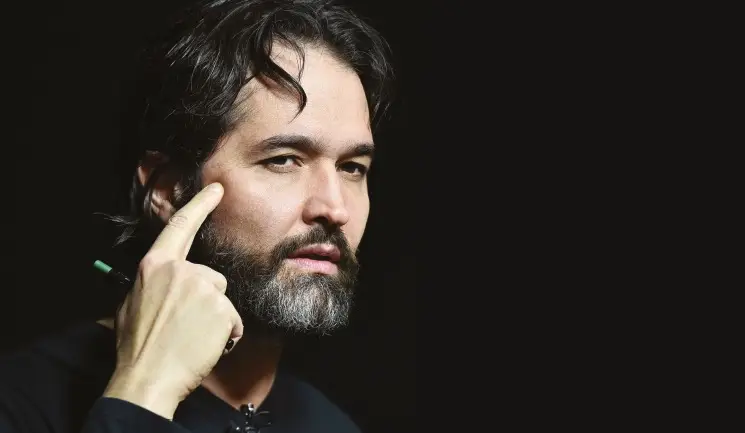In an exclusive interview with Dr Mauricio De Maio, he discusses the creation of the MD Codes and where he sees the industry going in the future
To access this post, you must purchase Aesthetics Journal Membership – Annual Elite Membership, Aesthetics Journal Membership – Annual Enhanced Membership or Aesthetics Journal Membership – Basic Membership.
log in
log in

